News of a suspected case of BSE in Co Louth came just after the Irish Farmers Journal went to press last week.
If confirmed, this case could result in Ireland losing the BSE negligible risk status which had just been achieved, and reverting to the long-held Controlled Risk status after a very short time in the preferred higher category.
However, that is not an absolute certainty and there are ways that we can hold on to the negligible risk status we have at present.
The BSE status of a country is determined by the World Animal Health Organisation (OIE), and is based on a series of risk assessments. The OIE is the inter-governmental organisation responsible for improving animal health worldwide across all animal diseases, not just BSE. It is recognised as a reference organisation by the World Trade Organization (WTO) and in 2014 had a total of 180 member countries.
For BSE, there are three levels of risk – negligible risk, which is the best category to be in, Controlled Risk, the category that Ireland has been in for several years until recently and successfully developed several international markets under including the USA, Japan and Hong Kong. There is also an “undetermined risk” category where a country cannot demonstrate it qualifies for one of the other categories. This is rare as most countries where the disease has occurred have procedures and controls in place.
The first and most definite way for Ireland to hold its present status is for the BSE test to come back negative. If that happens, then all the hype of recent days will have been unnecessary. However, the expert opinion is that it will likely come back positive, so everyone is planning for the worst.
If BSE is confirmed in a five-year-old animal in Louth, there are two accepted explanations for the cause, with one being more preferable than the other. The best case scenario is that it is an atypical or sporadic case of BSE. It is accepted that on rare occasions cattle demonstrate staggers from which they don’t recover. These are isolated and happen where there is no apparent underlying cause.
Provision
If Ireland was to have such a case, the World Animal Health Organisation (OIE) have a provision in its procedure for official recognition of disease status to enable negligible risk status be maintained. By way of example, Brazil had two atypical cases – one in 2013 and one in 2014 – yet its BSE status remained at negligible risk.
As the name suggests these are rare and the more common form of BSE is the classic type. This is the one that developed in the 1980s in the UK due to contaminated meat and bone meal (MBM) being fed to cattle. This feed was also sold in varying quantities in Ireland and other western European countries where the number of BSE cases increased, though never approaching the UK level.
Control measures were put in place first in the UK, but it wasn’t until the year 2000 that mainland European countries recognised that BSE was a problem for them as well, though never on the scale of the UK. In fact, German health and agriculture ministers were forced to resign following a loss of confidence caused by German government assurances in late 2000 that Germany didn’t have a BSE problem.
The circumstances surrounding the Louth case are all presently under investigation and until these are complete and conclusions reached, we can only speculate on what the likely outcome for Ireland’s status is.
We are assuming BSE is confirmed and then we have to establish is it atypical or classic. If it’s atypical, then, like Brazil, our status should not be affected.
If it is classic BSE, the accepted cause historically was use of contaminated feed. Yet we have to ask just who in Ireland could be holding or using such feed?
The practice of feeding MBM to cattle has been banned in Ireland since in 1990. Controls on MBM were strengthened in 1996-1997.
Due to the BSE crisis in other member states, a ban was introduced throughout the EU on feeding MBM to all farm animals in 2001. Furthermore, the farm in question had a previous experience of BSE, so we can reasonably conclude that before restocking the farm undergone an effective sterilisation of its meal feeding system. It is impossible to understand just how contaminated feed could be used on an Irish farm in 2015.
Could the source of feed be a carryover from somewhere else? We understand that the grandmother of this suspected animal came from outside Ireland.
We must be clear that we don’t want to try to pass the problem off elsewhere, but in the interests of the final eradication of the disease, we must keep an open mind on the cause and deal with it accordingly.
If the investigation was to reveal that there was no way contaminated feed could have been consumed in Ireland, it may be possible that the maternal grandmother had been exposed before coming into the country.
Bear in mind that MBM was not banned in Europe until 2001 and it is possible some contaminated feed hung around farms for some time after. If this situation were to be the outcome, Ireland shouldn’t have to be responsible just because it was in the chair when the music stopped.
This view appears to be supported by OIE as their website states “…the official BSE status of a country or zone is determined on the basis of an overall assessment of risk, the occurrence of a new BSE case implies a re-assessment of the official risk status only in the event of a change in the epidemiological situation indicating failure of the BSE risk mitigating measures in place.”
If Ireland can prove that it did not have contaminated feed or have practices that caused this outbreak, assuming it is confirmed, then there is a powerful case to be made to retain our Negligible Risk status.




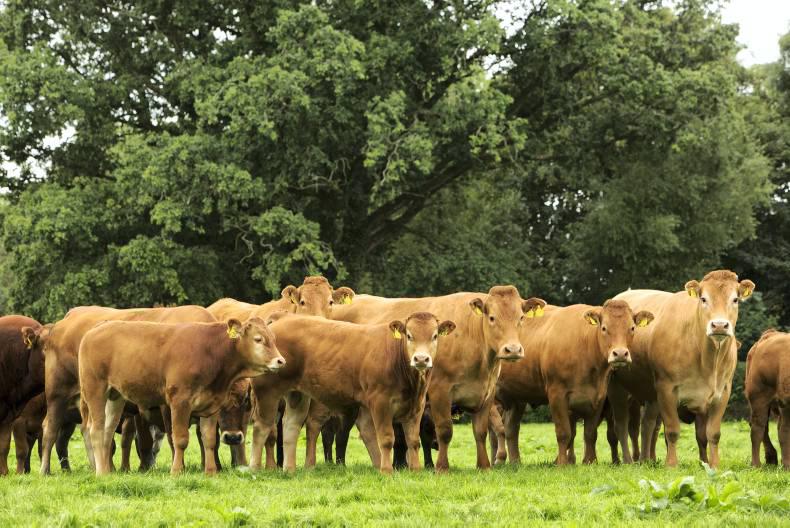
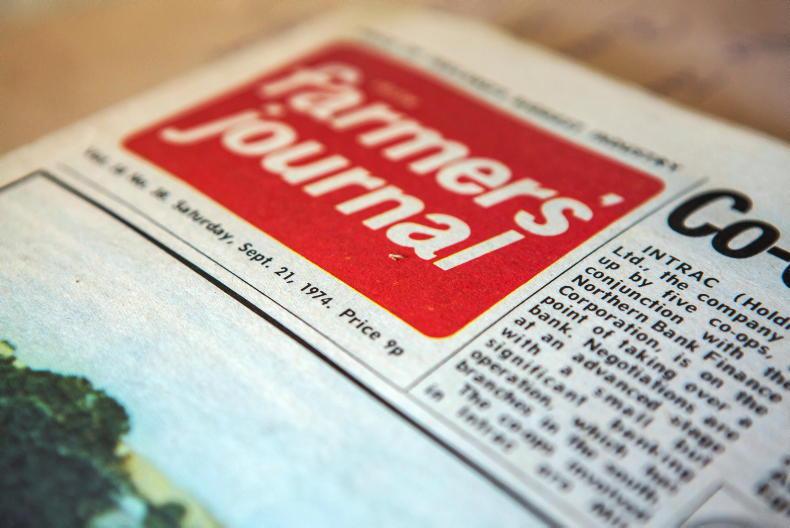
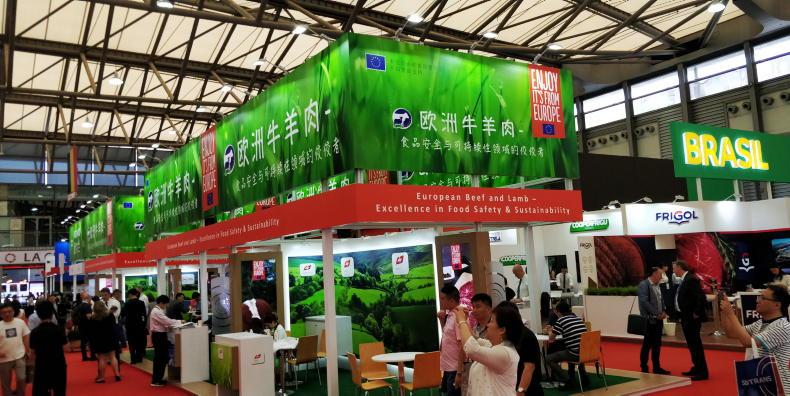
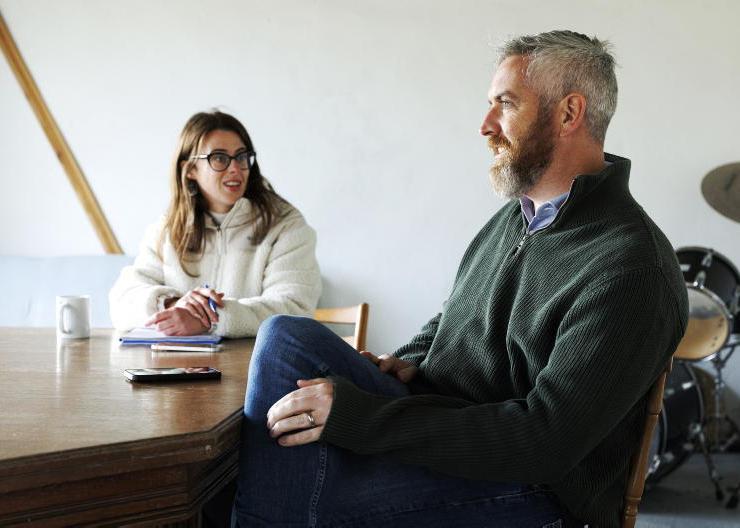
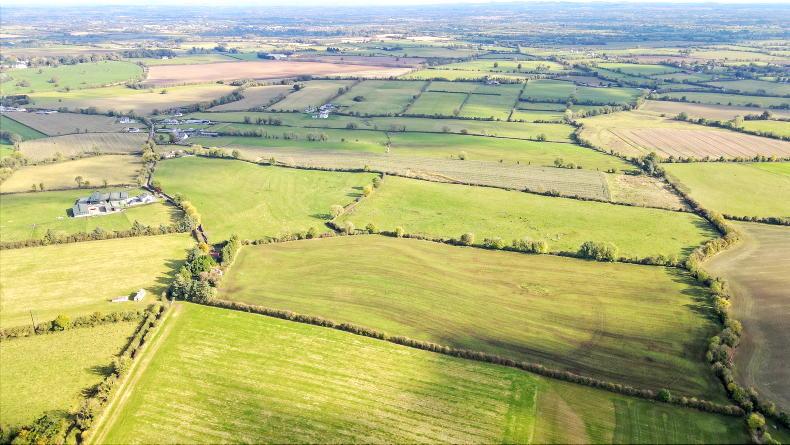
SHARING OPTIONS